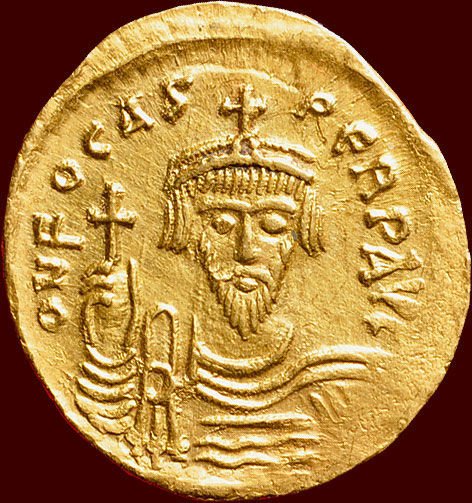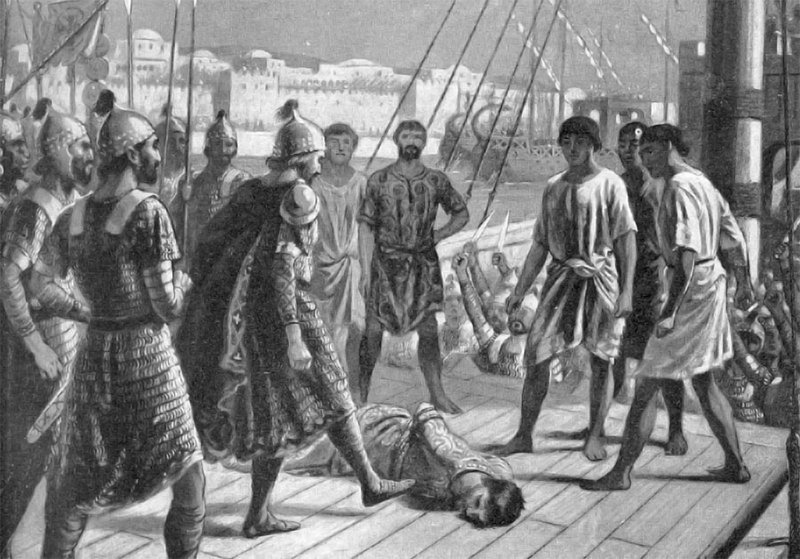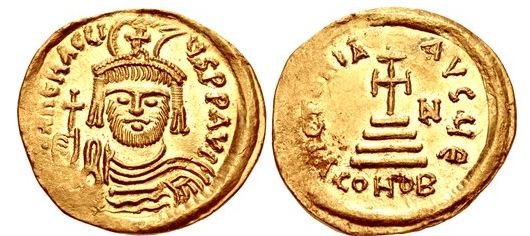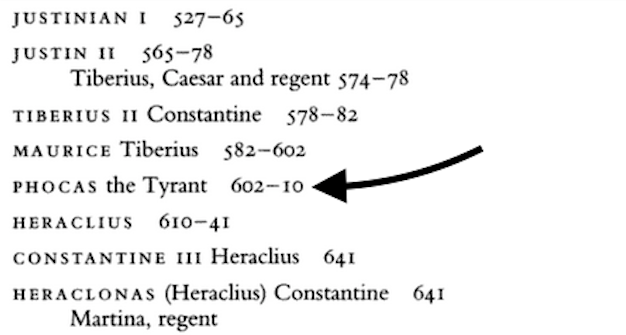Probably the most infamous roman emperor of late antiquity is Phocas, a former centurion of the Balkan army, crowned emperor in 602.
Modern literature almost unanimously paints him as a cruel tyrant who not only slew his predecessor Maurice but also oppressed his people. >>
Modern literature almost unanimously paints him as a cruel tyrant who not only slew his predecessor Maurice but also oppressed his people. >>
However, engaging closely with both primary sources and structural characteristics of late Roman monarchy, it turns out that the picture of Phocas as a tyrant is due to be critically revised.
This has lately been pointed out by Meier, Phokas als Erinnerungsproblem, 2014. >>
This has lately been pointed out by Meier, Phokas als Erinnerungsproblem, 2014. >>
Following riots that resulted in Maurice’s overthrow, Phocas was publicly acclaimed and recognised as legitimate emperor.
Yes, sources record various clashes between him and his people in the following years; but those riots are quite common in late antique Constantinople. >>
Yes, sources record various clashes between him and his people in the following years; but those riots are quite common in late antique Constantinople. >>
From 602 to 610, Phocas was emperor.
The label tyrant is mainly a retrospect one; a tyrant is a failed emperor.
Phocas turned from emperor into tyrant only the moment he was overthrown by Heraclius in October 610. >>
The label tyrant is mainly a retrospect one; a tyrant is a failed emperor.
Phocas turned from emperor into tyrant only the moment he was overthrown by Heraclius in October 610. >>
Heraclius – who was just as much an emperor as Phocas had been, acclaimed by people and elites of Constple, crowned by the patriarch – instantly started to build his own, positive image.
… and what better way is there than distancing yourself from your murdered predecessor? >>
… and what better way is there than distancing yourself from your murdered predecessor? >>
By vilifying Phocas as tyrant, by creating a negative foil, Heraclius could emerge as god-chosen emperor. This smear campaign can be traced through various sources, all originating after Heraclius’ accession. >>
Heraclius& #39; smear campaign against Phocas turned out to be an extremely successful pr strategy, classic damnatio memoriae.
... successful to the extent that even some modern scholars keep falling for it.
... successful to the extent that even some modern scholars keep falling for it.

 Read on Twitter
Read on Twitter





